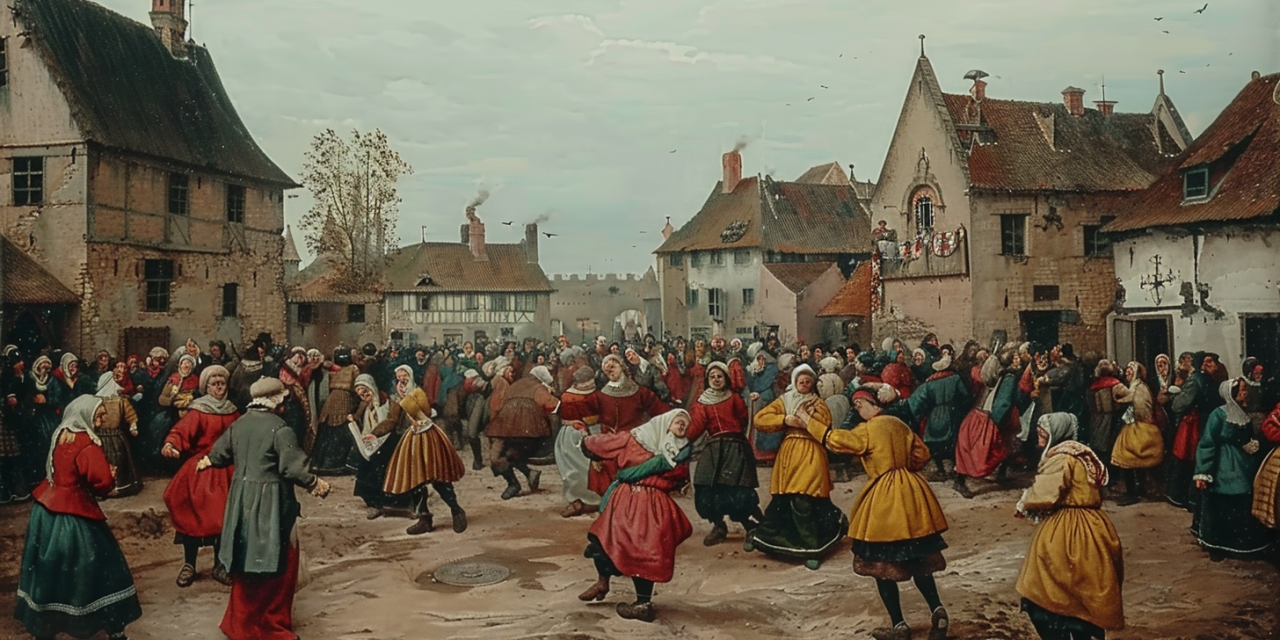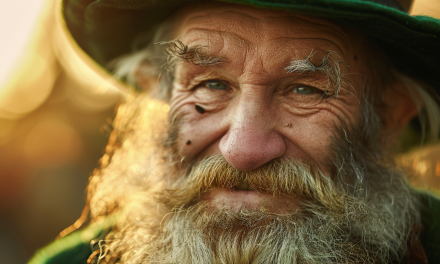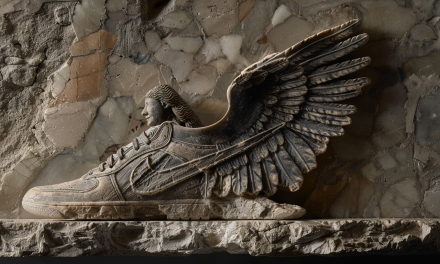It started simply enough. In the scorching summer of 1518, a lone woman took to dancing in the streets of Strasbourg, Alsace (now part of modern-day France). At first, nobody paid her much attention – public dancing was fairly commonplace in those days. But as weeks passed, the woman’s endless twirling and choreic contortions showed no signs of stopping. She seemed possessed by an insatiable urge to dance, day and night without pause.
And then, it began spreading.
Within a month, a whole group of townsfolk had succumbed to the same mania, uncontrollably gyrating and leaping about until they collapsed from sheer exhaustion, only to wake and rejoin the feverish marathon. More and more residents soon found themselves inexplicably gripped by the strange compulsion. Local officials, perplexed and deeply unnerved, did little to intervene at first.
But as the frenzied dance craze claimed upwards of 400 participants, the sweating, delirious masses took their bizarre performance from the streets to a sturdy outdoor dance floor, erected to try to contain the bizarre spectacle. Crowds gathered in bewildered observation as the afflicted dancers shuffled arrhythmically for days on end, occasionally breaking into chaotic spasms of twirling pirouettes or obscene, manic jigs before slumping over unconscious.
What drove this bizarre phenomenon – dubbed the “Dance Plague” by historians – remains a fascinating scientific mystery nearly 500 years later. Was it a mass psychogenic illness, a strange medieval “meme” run amok, or a manifestation of religious ecstatic trance cults? Or did the dancing mania stem from more concrete roots, perhaps a devastating ergot fungus poisoning akin to that which fueled the terrifying Salem witch trials? We may never know for certain.
For almost seven weeks, wearied groups of affected residents would take turns dancing in shifts, lest the weird compulsion return with a vengeance. Finally, a period of intense prayer seemed to calm the fevered spell, after which most participants simply…stopped. The surreal dance contagion waned as inexplicably as it started, though a few stragglers reportedly kept grooving for months or even years afterward.
While the Dancing Plague itself was a strange, isolated event, it provides a fascinating glimpse into the medieval psyche and fears of the era – when the devil was blamed for everything from illnesses to bad luck, and the Catholic church’s solution was often prayer and atonement for sins. It also stands as a testament to the incredible, unfathomable power of human minds to influence and infect other minds in remarkable ways, both rationale and utterly incomprehensible.
So the next time you find yourself unable to get a catchy song out of your head, consider yourself lucky it isn’t the Dancing Plague of 1518 – because this time, there’s no shaking it off.





